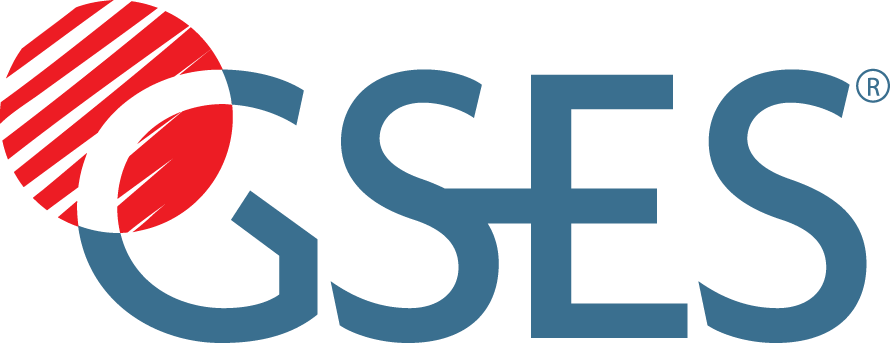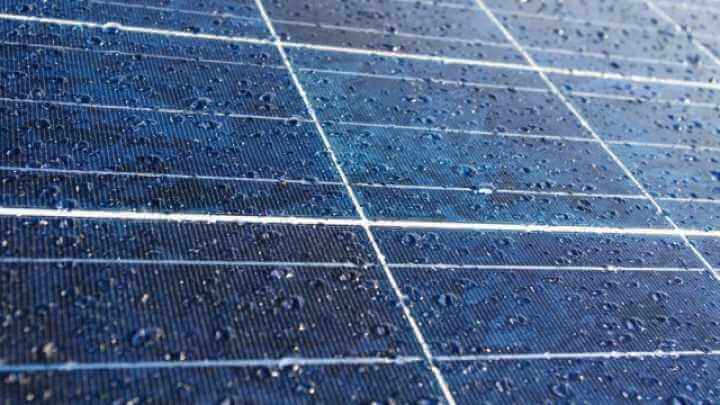Under the Renewable Energy Target (RET) requirements, solar photovoltaic (PV) power systems must be installed to relevant Australian standards and Clean Energy Council (CEC) guidelines in order to receive Small-scale Technology Certificates (STCs). To monitor this, the Clean Energy Regulator’s RET inspection program has been running since 2010 and the CEC review the outcomes of this program to assist them in providing relevant guidance to the industry. Global Sustainable Energy Solutions (GSES) is an experienced PV inspections company, and since the start of this program GSES have seen the solar industry rapidly develop and the quality of PV installations improve as system installers and designers increase their knowledge and experience.
The most significant safety concern of PV installations is the risk of water getting into electrical enclosures such as those containing DC isolators. Even a small amount of water getting into a DC isolator enclosure can cause short-circuiting or corrosion of connections; this can create hot joints or arcing, potentially leading to fires. Although the enclosures selected by installers generally have the correct ingress protection (IP) rating, the enclosures are not always installed in a way that maintains the IP rating.
The most frequent IP installation issue that GSES have observed is penetration points of electrical enclosures and conduits not being sealed with purpose made and IP rated products. The obvious culprit of this issue is the widespread misunderstanding that it is adequate to use silicone as a primary ingress protection method. To provide much needed guidance on this issue and many others, in July 2015 the CEC produced a new version of its Install and Supervise Guidelines including many clarifications on appropriate installation methods.
GSES’ inspection results show that after the release of these new guidelines the compliance and safety of ingress protection on new installations has significantly improved. For systems installed in just the first 4 months after the new CEC guidelines became mandatory, of those inspected by GSES the percentage of systems with non-compliant IP installation methods reduced by 20% when compared to systems installed 6 months prior. Furthermore, the percentage of systems found with potential imminent safety risks due to water ingress reduced from 4.5% to 2.1%! GSES congratulates the industry on this improvement and commends the CEC for their effective guidance!
Unfortunately, there is still some room for improvement in this area; with 75% of the all potential imminent safety risks identified by GSES still being caused by water ingress, it is still the most significant safety concern in the PV industry.
To continue improving the quality and safety of solar PV installations, the industry must continue receiving ongoing feedback and training. As products change and standards are updated, it is vital that the solar industry makes appropriate adjustments to keep up. The RET brings with it PV inspections and CEC accreditation with ongoing training, so as long as it continues, it will help the industry stay strong.
Ongoing training is essential for installers to stay on top of industry changes; GSES offers Professional Development Days to help improve solar knowledge and installation standards.

